In 2025, some of the most common household grocery staples are reaching record highs. From essential pantry items to everyday beverages, inflation, supply chain disruptions, and extreme weather conditions are all contributing to soaring costs. Many shoppers are already feeling the strain, noticing price hikes on foods they buy regularly. Whether it’s breakfast cereals, cooking oils, or frozen meals, these increases are making it harder to stick to a grocery budget.
1. Beef and Poultry
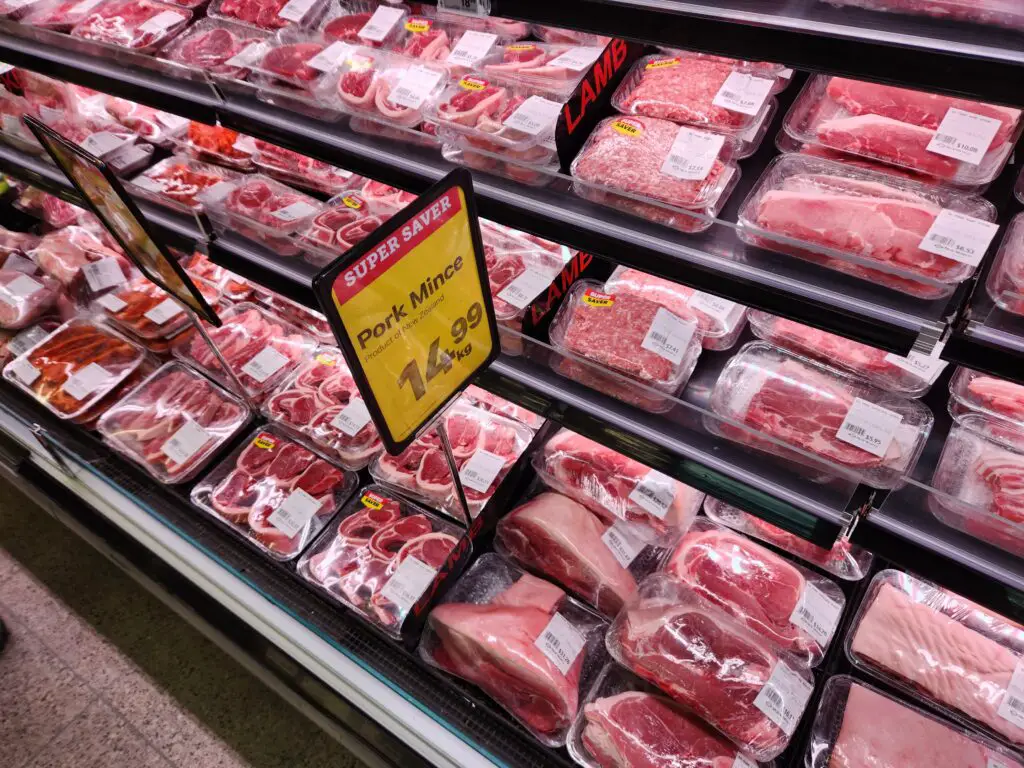
Meat prices have been climbing due to ongoing supply chain issues, rising feed costs, and labor shortages in the agricultural industry. Beef, in particular, has seen some of the highest price increases, with steak, ground beef, and roast cuts becoming significantly more expensive. Poultry prices are also increasing, though at a slightly slower rate than beef. Farmers are struggling to maintain production levels while dealing with higher operating costs and fluctuating demand. Droughts affecting cattle-grazing lands have further exacerbated the issue, leading to reduced beef supplies.
With these rising costs, consumers may need to adjust their grocery budgets or seek alternative protein sources. Some shoppers are turning to plant-based meat substitutes, which have also become more widely available. Others are opting for less expensive cuts of meat or purchasing in bulk to reduce costs. Despite efforts to stabilize the meat market, prices are projected to stay high for the foreseeable future. As a result, grocery shoppers will likely feel the financial impact every time they visit the meat section.
2. Fresh Produce
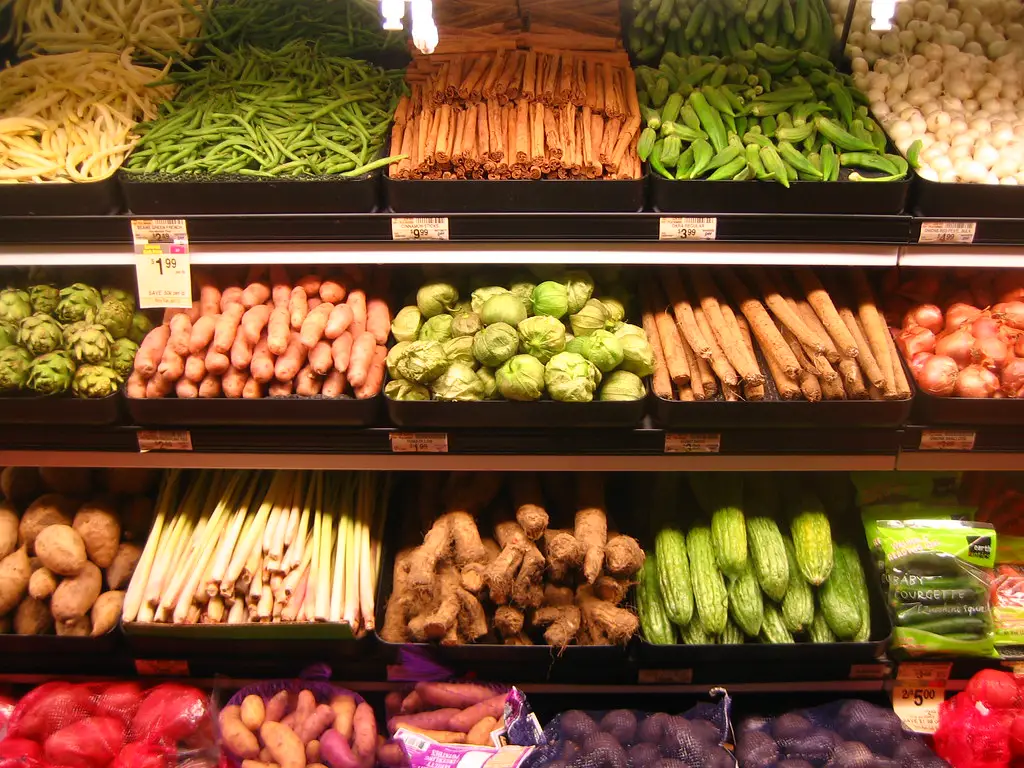
The cost of fresh fruits and vegetables has been steadily increasing due to rising transportation costs, labor shortages, and climate-related disruptions. Extreme weather events, such as hurricanes, droughts, and heat waves, have severely impacted crop yields across the globe. Farmers are struggling to meet demand, leading to higher prices for staple produce like lettuce, tomatoes, and bell peppers. Additionally, fertilizer costs have skyrocketed, making it even more expensive to grow fresh produce. These price hikes are affecting both conventionally grown and organic produce, limiting affordable options for consumers.
Shoppers may notice that their grocery bills are rising even when purchasing basic produce items. Some families are opting for frozen or canned alternatives to manage costs, while others are exploring local farmers’ markets for better deals. Despite some efforts to improve agricultural efficiency, fresh produce prices are not expected to decrease anytime soon. The trend of rising costs may push consumers to adjust their eating habits, relying more on non-perishable alternatives. With inflation continuing to affect grocery prices, fresh fruits and vegetables remain among the costliest items on store shelves.
3. Eggs

Egg prices have been on the rise for the past few years due to various factors, including supply chain disruptions, increased feed costs, and outbreaks of avian flu. As more farmers struggle to maintain their flocks, the supply of eggs continues to fluctuate, leading to higher prices at grocery stores. Consumers who rely on eggs for breakfast, baking, and protein intake may see a noticeable jump in cost per dozen. The demand for organic and free-range eggs has also contributed to price increases, as these varieties require more resources to produce. Additionally, energy costs related to refrigeration and transportation are further driving up retail prices.
Experts predict that egg prices will remain high throughout the year, particularly during peak holiday seasons when demand surges. Some shoppers have already started seeking alternatives such as plant-based egg substitutes or reducing their egg consumption to cut costs. Despite some price fluctuations, affordability may not return to pre-pandemic levels anytime soon. Even bulk purchasing may not provide much relief, as wholesale prices have also increased. With inflation continuing to affect grocery items, eggs are expected to be among the most expensive staples in 2025.
4. Milk and Dairy Products
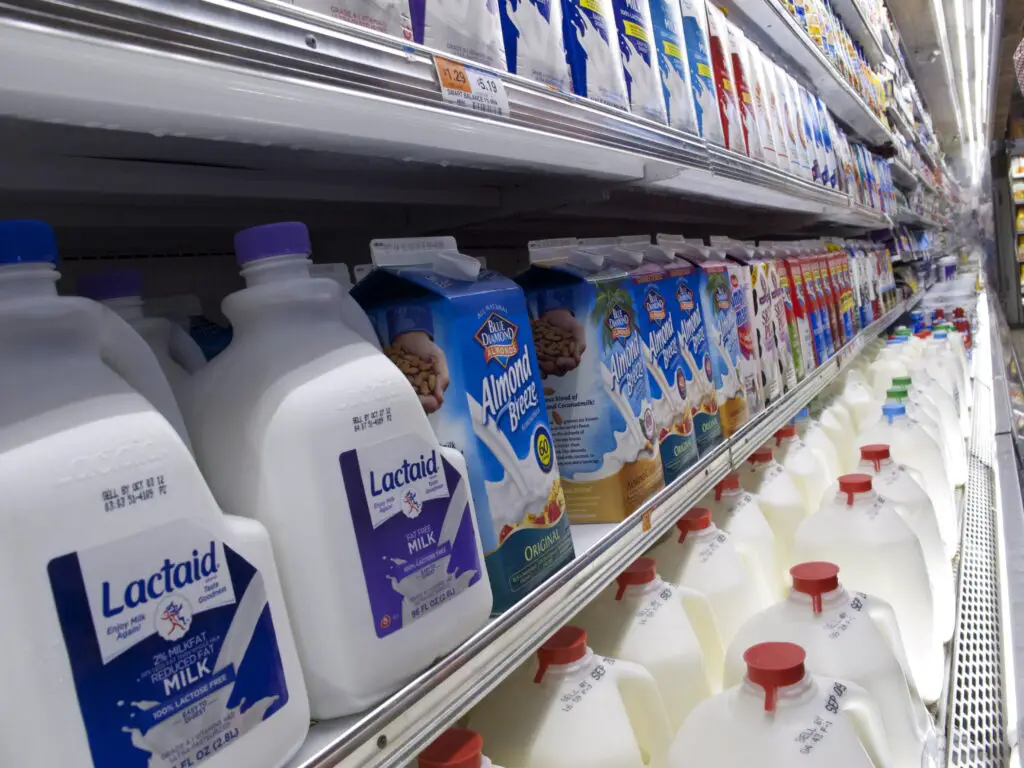
The dairy industry is experiencing significant cost pressures due to rising feed prices, labor shortages, and increased transportation costs. As a result, the prices of milk, cheese, butter, and other dairy products have been climbing steadily. Dairy farmers are facing higher production costs, which are being passed down to consumers at grocery stores. In addition, extreme weather events have disrupted dairy farming operations, reducing overall output and further contributing to price hikes. These factors have made milk and its byproducts more expensive than ever before.
Many families are feeling the impact of these price increases, especially those who rely on dairy as a dietary staple. Shoppers may notice smaller package sizes and higher per-ounce costs for milk, yogurt, and cheese in stores. The rising popularity of plant-based milk alternatives has also played a role in shifting the market, affecting supply and demand. Despite government subsidies in some regions, dairy prices remain volatile and are unlikely to drop soon. Consumers may need to explore more cost-effective options or purchase in bulk to minimize expenses.
5. Coffee

Coffee lovers are facing an expensive year ahead, as global coffee prices are expected to reach record highs. Climate change has played a significant role in this increase, with unpredictable weather patterns affecting coffee-growing regions. Droughts, excessive rainfall, and temperature fluctuations have all led to lower crop yields. Additionally, supply chain disruptions and shipping delays have caused further strain on the global coffee market. As a result, both premium and budget-friendly coffee brands are raising prices to compensate for these challenges.
Consumers who rely on their daily caffeine fix will likely see higher prices for both whole beans and ground coffee. Popular café chains are also increasing menu prices, making it more expensive to grab a cup of coffee on the go. Even instant coffee brands have raised their prices due to increased production and packaging costs. Some shoppers may turn to alternative brewing methods or switch to more affordable brands to manage costs. However, with global demand for coffee continuing to rise, prices are expected to remain high throughout the year.
6. Bread and Baked Goods
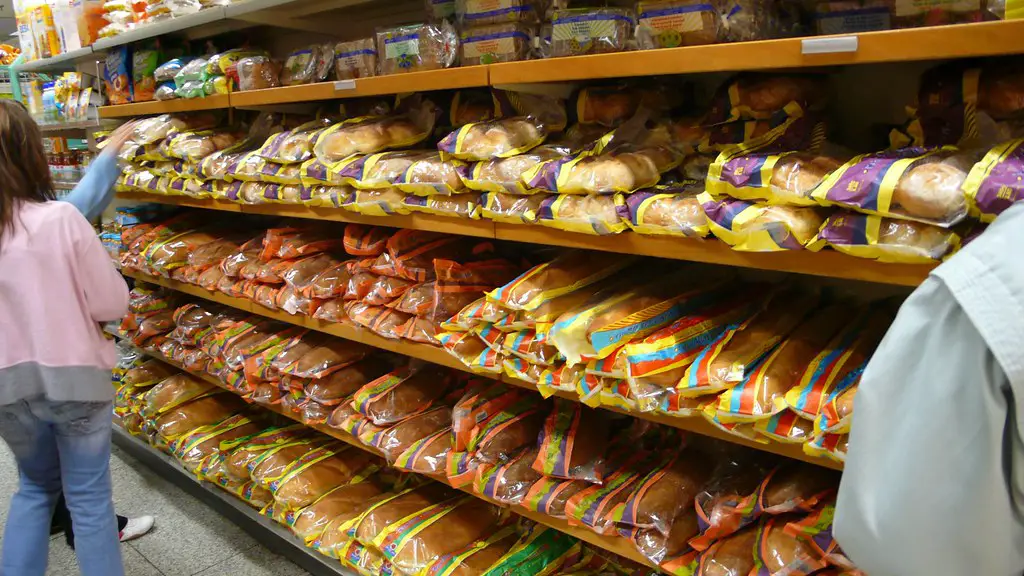
The cost of bread and other baked goods is soaring due to rising wheat prices, supply chain disruptions, and increased production expenses. Droughts and extreme weather conditions have severely impacted wheat harvests in major producing countries, leading to reduced supply and higher costs. Additionally, the war in Ukraine has disrupted wheat exports, further straining global markets. Flour, a key ingredient in bread, pastries, and other baked goods, has become more expensive, forcing bakeries and manufacturers to raise their prices. Even store-brand bread options are seeing significant price hikes, making it harder for budget-conscious shoppers to save money.
Beyond raw material costs, labor shortages and rising energy prices have also contributed to these increases. Baking facilities require substantial energy to operate ovens and packaging equipment, and with electricity and fuel costs climbing, companies are passing those expenses on to consumers. Shoppers may notice smaller loaf sizes or higher prices per unit for everything from sandwich bread to croissants. Some households are turning to homemade baking as an alternative, but the cost of ingredients has risen as well. Unfortunately, given the complexity of global wheat production and distribution, bread prices are unlikely to stabilize soon.
7. Cooking Oils
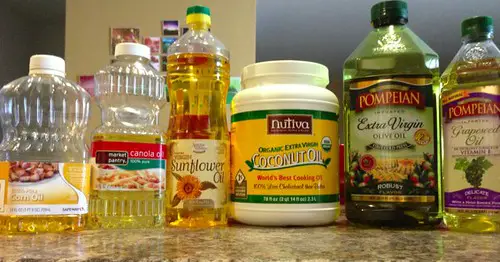
Cooking oils, including vegetable oil, canola oil, and olive oil, have seen dramatic price increases due to poor harvests and supply chain disruptions. Severe droughts and extreme weather conditions have reduced crop yields for oil-producing plants like soybeans, sunflowers, and olives. In addition, geopolitical tensions have impacted exports from major oil-producing regions, causing further supply constraints. As a result, the cost of cooking oils has risen sharply, making meal preparation more expensive for households and restaurants alike. Consumers who frequently use oil for frying, baking, and salad dressings will feel the strain on their grocery budgets.
Even alternative cooking oils such as avocado oil and coconut oil are seeing price hikes, limiting affordable options for shoppers. Many manufacturers are reducing bottle sizes while keeping prices the same, a tactic known as shrinkflation. Additionally, as demand for plant-based foods grows, more industries are competing for these oils, further pushing up prices. Some consumers are shifting toward butter or animal-based fats as substitutes, but these products are also experiencing inflationary pressures. With continued instability in global agriculture and trade, cooking oil prices are expected to remain high throughout the year.
8. Rice and Pasta

Rice and pasta, two essential pantry staples, are becoming increasingly expensive due to fluctuating grain prices and global trade issues. The cost of wheat, which is used to make pasta, has risen sharply, leading to higher prices for spaghetti, macaroni, and other pasta products. Similarly, rice production has been affected by extreme weather events, such as flooding and droughts, in key growing regions. As a result, both rice and pasta are seeing significant price increases at grocery stores, making it more difficult for families to stock up on affordable meal options.
Additionally, transportation and packaging costs have increased, further driving up the retail price of these staple foods. Some manufacturers are also shrinking package sizes while maintaining or increasing prices, leaving consumers with fewer servings per purchase. With the global demand for grains remaining high, there is little relief in sight for shoppers hoping to find budget-friendly options. Many households are considering alternatives like quinoa, lentils, or other less expensive grains to offset costs. However, as long as agricultural disruptions continue, rice and pasta prices are expected to remain high throughout the year.
9. Soft Drinks and Bottled Beverages
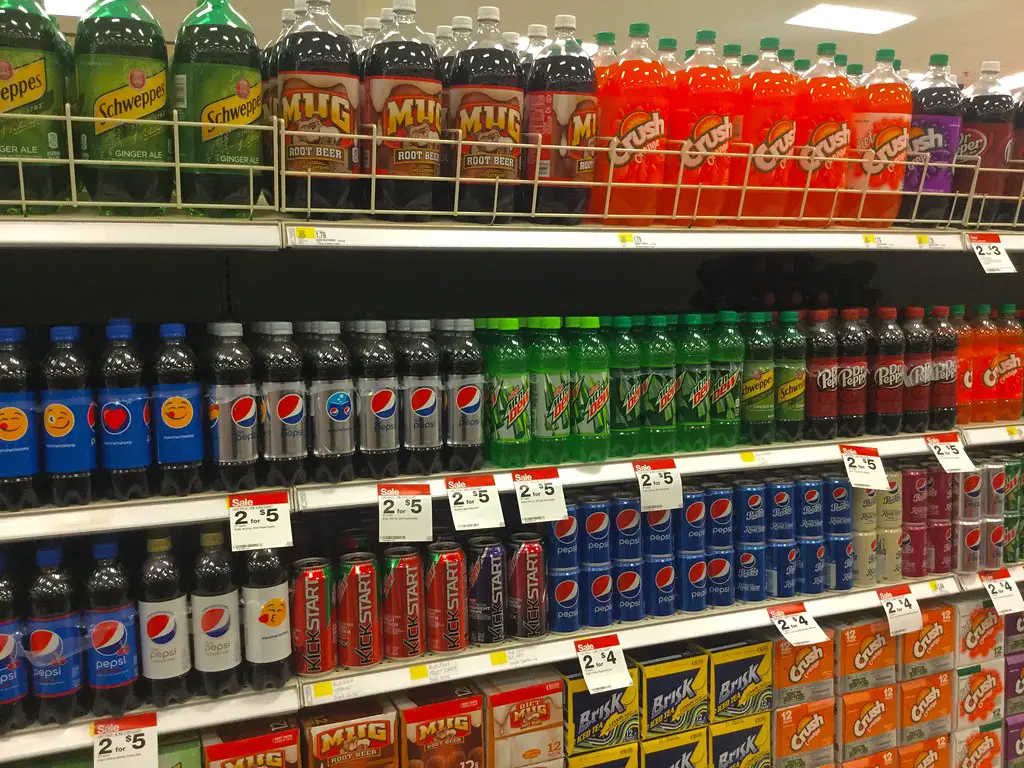
Soft drinks, bottled teas, and flavored water products are becoming more expensive due to rising production costs, supply chain disruptions, and increased sugar prices. The cost of sweeteners, including high-fructose corn syrup and cane sugar, has risen due to poor harvests and increasing global demand. Additionally, the cost of aluminum for cans and plastic for bottles has surged, making packaging more expensive for beverage manufacturers. As a result, many popular drink brands are increasing prices, forcing consumers to pay more for their favorite beverages. Even budget-friendly store brands are raising costs to account for these inflationary pressures.
Beyond raw materials, distribution costs have played a major role in rising beverage prices. The cost of fuel and transportation has increased significantly, making it more expensive to move products from factories to grocery store shelves. Some companies have responded by reducing bottle sizes or offering fewer promotions to maintain profit margins. Consumers may start opting for homemade alternatives, such as brewing their own iced tea or making flavored water at home. However, given the ongoing cost pressures in the beverage industry, soft drinks and bottled beverages are likely to remain expensive in the coming months.
10. Cereal and Breakfast Foods
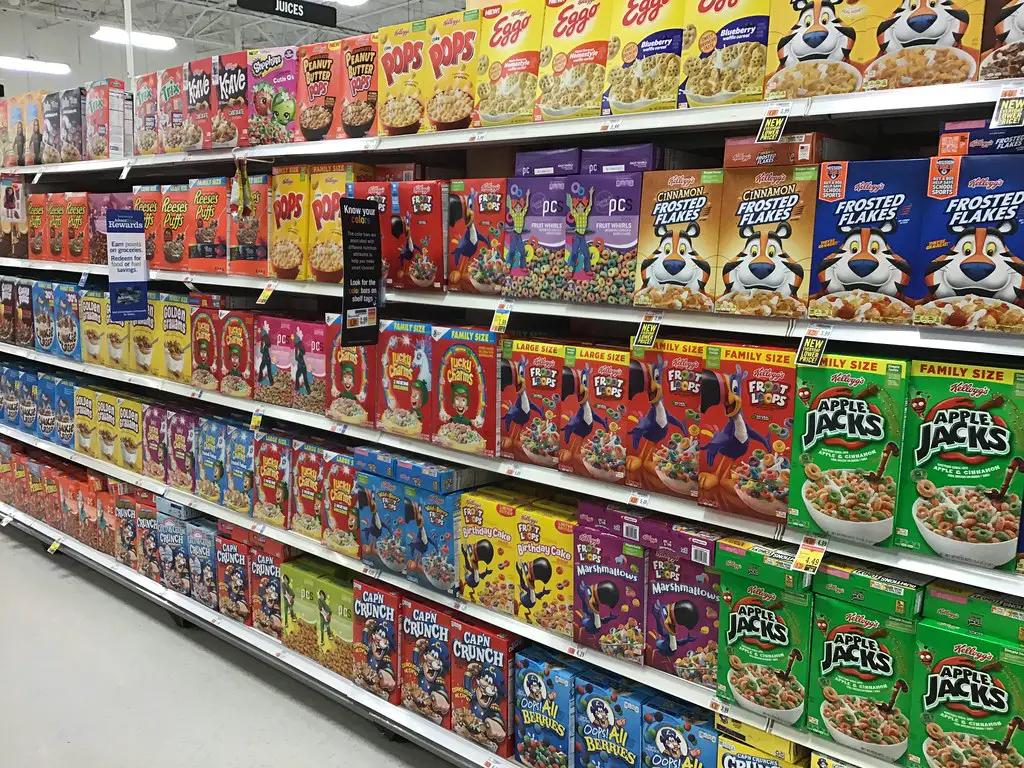
Breakfast cereals and other packaged morning staples have seen consistent price hikes due to increasing grain costs and supply chain disruptions. The production of corn, oats, and wheat—key ingredients in many popular cereals—has been affected by extreme weather events, resulting in lower crop yields. In addition, transportation and packaging costs have risen, forcing manufacturers to adjust prices accordingly. Shoppers who rely on cereals, granola bars, and oatmeal for quick breakfasts will find that these products are significantly more expensive than in previous years. Even budget and store-brand cereals are seeing noticeable price increases.
Many manufacturers have resorted to shrinkflation, reducing package sizes while keeping prices the same. Additionally, premium cereals with added protein, organic ingredients, or lower sugar content have become even pricier due to the higher cost of specialty ingredients. Some consumers are switching to alternative breakfast options, such as homemade oatmeal or toast, to cut costs. However, as long as grain prices and production costs remain high, cereal prices are unlikely to drop anytime soon. With inflation affecting nearly every grocery category, breakfast foods are no exception to the trend of rising costs.
11. Sugar and Baked Goods Ingredients
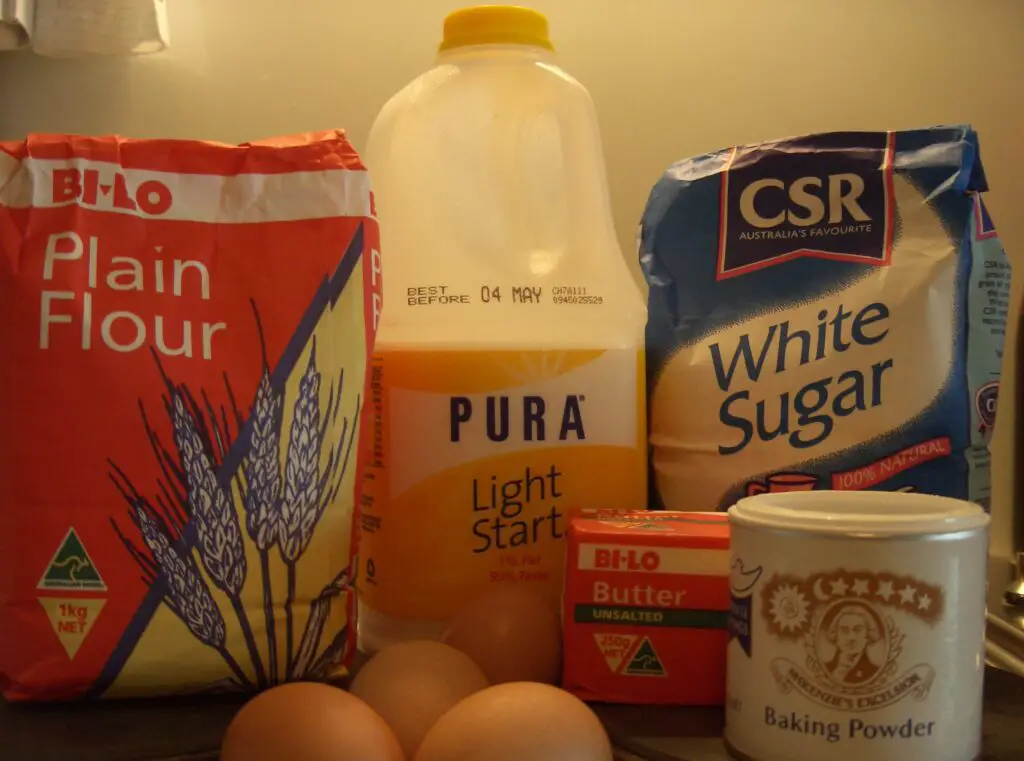
The cost of sugar and other essential baking ingredients is climbing due to global shortages and increased demand. Sugar production has been heavily impacted by extreme weather, with droughts and hurricanes affecting key growing regions like Brazil and India. As a result, refined sugar and other sweeteners are becoming more expensive for both consumers and food manufacturers. This price increase is affecting a wide range of products, from candy and cookies to packaged desserts. Anyone who enjoys baking at home will also notice higher prices for flour, sugar, and chocolate.
In addition to raw ingredient costs, rising energy and labor expenses are making it more costly to produce baked goods. Some manufacturers are reducing portion sizes while keeping prices the same, making it harder for consumers to find affordable options. With demand for sweet treats remaining strong, there is little relief in sight for sugar prices. Many home bakers are exploring ways to use alternative sweeteners or cut back on sugar consumption altogether. Unfortunately, whether buying pre-made desserts or making them at home, the cost of sweet goods will remain high throughout the year.
12. Frozen Meals
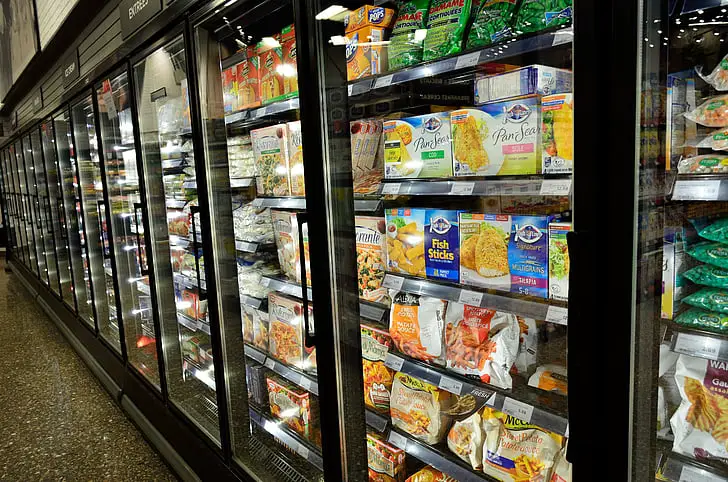
Frozen meals, once considered a convenient and cost-effective option, are now becoming significantly more expensive. Rising costs for ingredients, packaging, and transportation have led manufacturers to raise prices on frozen pizzas, dinners, and snack foods. Supply chain disruptions have also made it more difficult for companies to maintain stable pricing, leading to frequent increases at grocery stores. Additionally, labor shortages in food production facilities have slowed output, further straining supply and increasing costs. Consumers who rely on frozen meals for quick and easy dinners will find that their grocery bills are climbing.
Another factor contributing to higher prices is the increased demand for frozen foods as more people look for long-lasting meal options. Health-conscious frozen meals, such as organic or high-protein varieties, are seeing even steeper price hikes due to the premium ingredients used. Some brands have opted to shrink portion sizes while keeping prices the same, making it harder to find good value. Shoppers may start seeking out bulk discounts or meal prepping to reduce reliance on frozen foods. However, given the ongoing challenges in food production and distribution, frozen meals are expected to remain a costly grocery item throughout the year.
